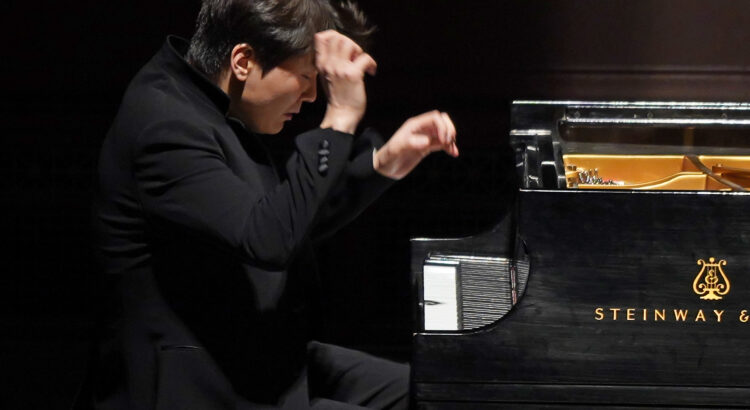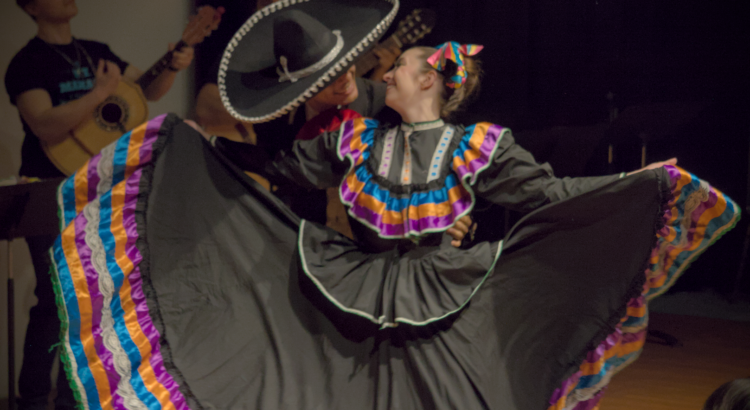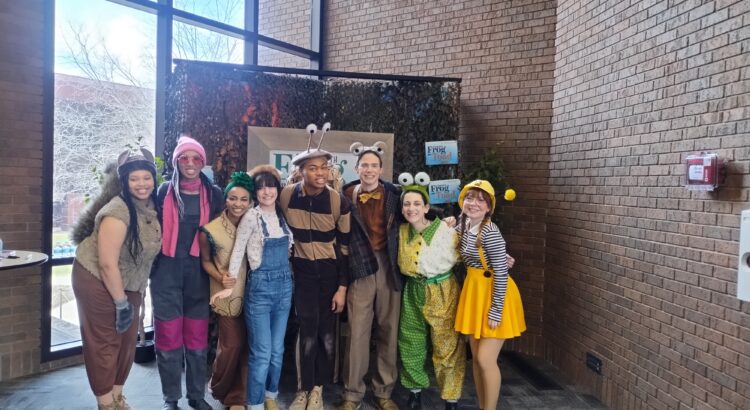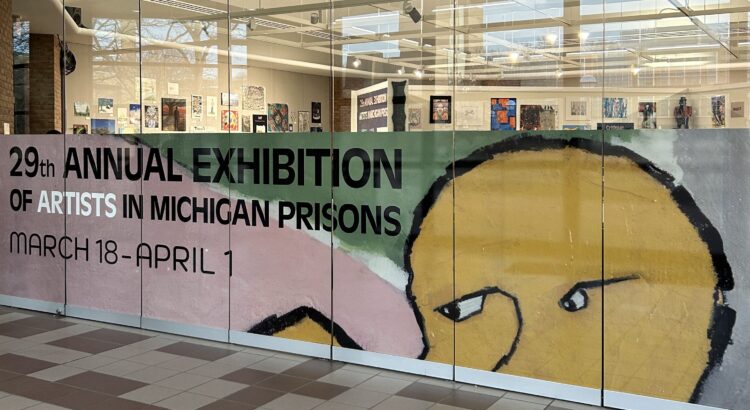Photos are provided by Peter Smith Photography
On February 7th at Hill Auditorium, pianist Seong-Jin Cho delivered a phenomenal performance of the complete solo piano works of Maurice Ravel. The concert lasted three hours, yet Cho memorized and played every piece with unwavering precision and passion. Funnily enough, before the concert began, an audience member behind me exclaimed that even a one-hour program of Ravel would be too long; I’d bet money they changed their mind by the end of the night.
Cho’s global reputation skyrocketed after winning First Prize at the 2015 Chopin International Competition in Warsaw. Since then, he has performed with the Berlin Philharmoniker, where Cho is currently the artist in residence, as well as the London Symphony Orchestra, Boston Symphony Orchestra, and more.
At Hill, Cho’s ability to breathe life into the piano showed why he’s so sought after. He merged with the instrument in body and soul. Even when the music consisted of a single repeating note, it was beautiful and each tone rang with a pure, bell-like clarity. No matter how fast the glissando flew by, you could still hear each note sing. The lyrical lines blended seamlessly, yet I could distinguish which hand played which dynamics, melodies, and harmonies—even with my eyes closed. Cho never once seemed to lose focus or stamina.
The first piece, Sérénade grotesque, had a delicate, elusive character that made its theme hard to pinpoint. Menuet antique felt more tangible. Pavane pour une infante défunte evoked a giddy feeling of raindrops and fairy footsteps from melodic flurries and vast glissandos. Cho then moved into the peaceful Jeux d’eau and ended the first section of the night with the Sonatine, whose three movements featured harp-like textures.
After intermission, Cho resumed with Miroirs, whose five movements flowed so smoothly it felt like a single movement. In Gaspard de la nuit, I was struck by the soft yet clean notes—something I’ve always found difficult to bring out on the piano.
Following the second break, Menuet sur le nom d’Haydn became one of the night’s highlights. It immediately captured my heart with chords that built into a dreamy atmosphere. Valses nobles et sentimentales brought me back to reality with dancing energy, especially in the Presque lent – dans un sentiment intime movement, which glittered. The followingPrélude carried a bittersweet emotion, while À la manière de Borodine surprised me with a melody that made me imagine horses frolicking. Similarly, À la manière de Chabrier resembled cheerful skipping.
The final piece, Le Tombeau de Couperin, offered the most variety. Its six movements formed an emotional arc—sprightly, meek, brash, romantic—culminating in the last movement Toccata. Vif. That movement was especiallydemanding, ebbing and flowing between repeated notes, lush lines, and anxious descents that Cho played with awe-inspiring control.
I’m glad this performance introduced me to the beauty of Ravel’s piano works. Cho’s ability to freely shape dynamics made him the perfect soloist to perform Ravel’s dreamy musicality. It had been a long time since I attended a solo piano recital, so this performance showed me how a soloist can express more subtle and endearing musical expressions even without the grandeur of an orchestra.


















